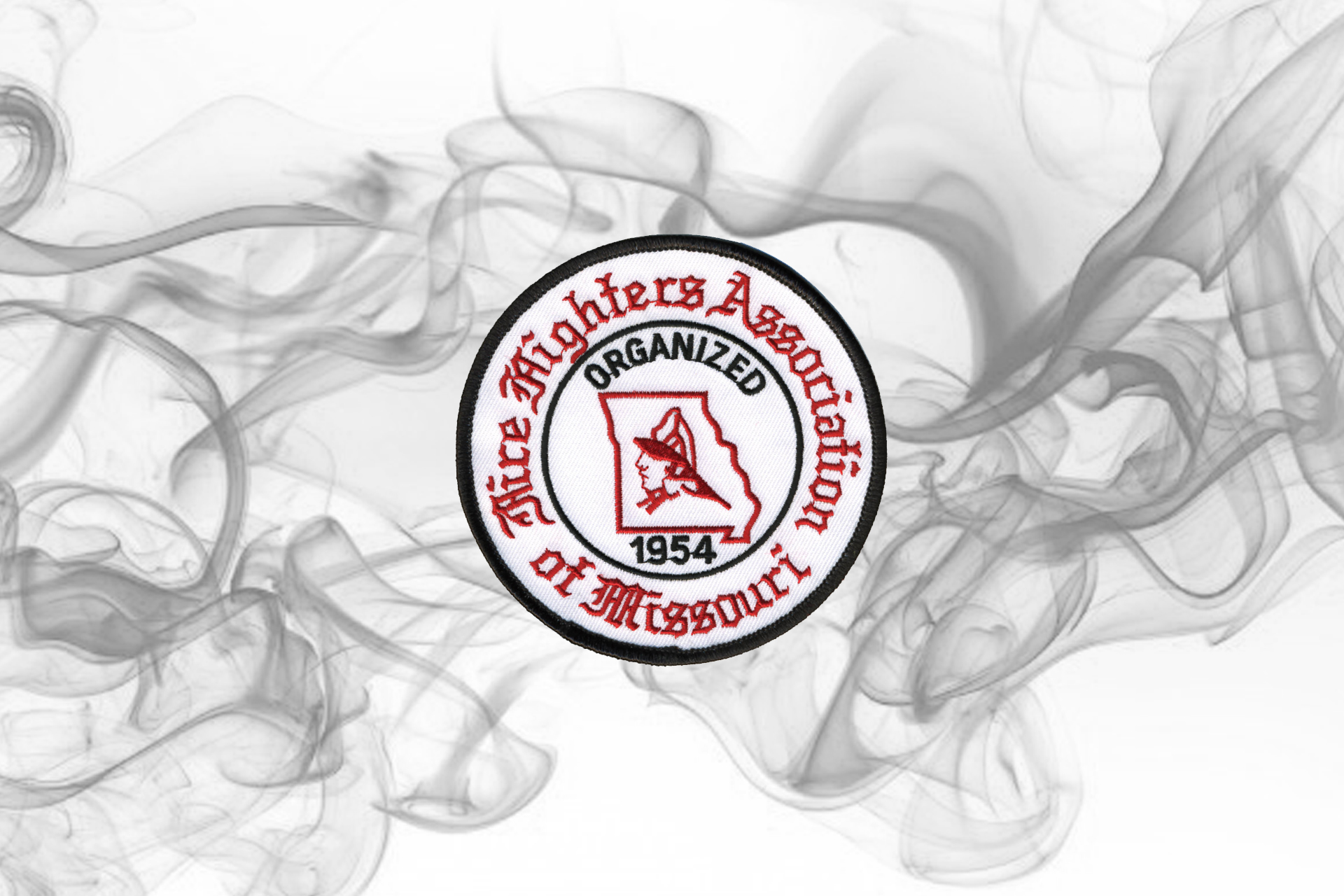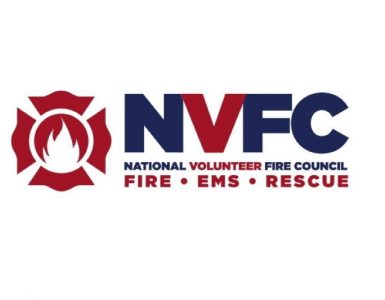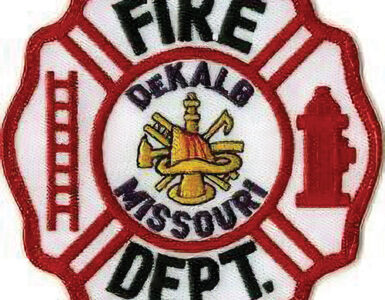The National Volunteer Fire Council (NVFC) Fall Meeting was hosted by the South Carolina State Firefighters’ Association in North Charleston, SC, on September 21-23 with 43 of 49 States represented, there are no volunteer fire departments in Hawaii. Several states included their director and assistant director, having 81 of 98 representatives in attendance. This Fall meeting was attended by Missouri Director Keith Smith and Assistant NVFC Director Greg Wright, who is also the district 2 director for the FFAM.
Day 1
Opening and welcome by various South Carolina fire agencies, local and regional dignitaries and special guests. Reports from the NVFC executive staff and executive committee officers. Our President Kevin Quinn (RI) was not able to attend due to by-pass surgery the week before. Vice President Steve Hirsch (KS) facilitated the Fall meeting.
STRATEGIC PLANNING
All organizations are recommended to have a 1-3-5 year road map but of late, experts caution about going to 5 years. With the fire service, economy and technology constantly changing and expected to continue as such, the emphasis is on the 12 months in front of your organization with a firm grasp on the 24 months which follow, 3 years total. Good advice for sure but being able to measure the goals in the plan while forecasting change are the current rules of engagement. The following information may be able to assist organizations through growth, attempting to improve their service positions or just tweaking a few things of interest. These are a few highlights from the NVFC Strategic Plan.
The NVFC Executive Committee started this process in the 2016 Spring Meeting. Through an extended working session in the Fall meeting the NVFC adopted the 2016-2020 Strategic Plan. Much of it remains to be done, but process and structuring of goals makes it much easier if you have a plan that outline specifics. NVFC committees are now tasked with aligning their work with the strategic plan. The three focus areas are vision, values and mission. The cornerstones for success are to serve, advocate and educate. While this is a volunteer emphasis the model could apply to most fire service organizations with a simple renaming of a few references. Some of this structure the FFAM is already doing and some elements hold an opportunity:
Serve volunteer first responders through program and resource development to support volunteer and EMS/rescue services.
Advocate for the volunteer fire and EMS/rescue services through standards, codes, regulatory, and legislative channels.
Educate by developing, providing and promoting training to members, stakeholders, and fire and EMS/rescue services.
The strategic business modeling identified four key areas of specific work to be done. These four areas occupy numerous pages that go into objectives, business model goals, sub-parts, timelines, responsibility, critical task/action plans, implementation and performance auditing. There are not enough pages in this newsletter, but contact me if you are interested or even curious to know more. In short these four areas are to:
1.Ensure long-term viability
2.
Provide board development opportunities for succession planning and leadership training.
3.
Effectively advocate in legislation, regulation, standards/codes, and collaboration.
4.
Provide education and training.
SHARE THE LOAD TRAINING
Firefighters and EMS providers face an elevated risk of many behavioral health concerns such as anxiety, depression, burnout, post-traumatic stress disorder, addiction, thoughts of suicide and attempted suicide. Most of this, especially the numbers involved in attempted and successful suicide are under reported, mostly unreported. First responders believing there is no help and no hope suffer alone unaware there is help and hope. Our speaker was Fire Service Treatment Consultant Mike Healy from the American Addiction Centers and Firefighter Scott Geiselhart whom made an attempt on his own life. Scott is now telling his story so that anyone willing to listen knows there is hope and help. This was a brutally honest look at the often dark side of the job, trigger situations, the signs and symptoms, subtle tells that precede suicide, available resources, new more successful treatment options, discussions on the healing process, and coping with a firefighter suicide. There is an average of nearly one firefighter suicide per day and those are just the ones that are realized with reports linking them to job stress. No surprise the unknowns are largely in the volunteer ranks which do not link up. We vigorously track and respond to LODD numbers but this carnage is 3 times greater and just now being discovered. This has been with us for a very long time but only recently realized how significant it has become.
For those in fire service and EMS, NVFC has a Share the Load Program, at www.nvfc.org/help . There is also the Help is Here phone number: 888-731-FIRE (3473). This is NOT an answering service, it goes to one of a few real people that carry a phone forwarded from this number, 24-7-365, and work with folks in trouble. Scott Geiselhart talked about loading the gun, then reconsidered, called some local agencies, which either did not answer or offered an appointment in 2-3 days. Scott then pulled the trigger but the gun did not fire. He was going to try again but during a few seconds of clarity remembered Share the Load, he made the call, but made up his mind if no one answered he was going to finish what he started. Mike answered the phone and talked him down. Scott indicated the ten words that Mike said that changed everything for him, they were, “I know what is happening and I got your back,” and he did. Mike immediately secured local assistance (firefighters) and Scott was in a treatment center the following day. It was out of state as there are only a few which have perfected a new technology in using targeted light to control this behavior. By the way, that gun fired every time it was tested after the incident. That particular bullet did not fire. There is a free NVFC magazine, Helpletter, which talks directly about the numerous mental health issues of first responders. It also has a center fold poster which can be removed for posting in the station on how to get help. We are fragile to the mental exposure of what we endure while seemingly blind to the consequences and in denial to the warning signs.
The balance of the first day was spent in committee breakout sessions.
Day 2
The entire day was committee, task force and section breakouts. NVFC like FFAM is largely run by breaking up the work through various committees and groups. There are 19 primary committees/sections/task force groups. These groups meet two at a time for 1-2 hours on a carefully crafted schedule so key people, committee members, do not have to be in two places at once. Chairman Quinn expects NVFC directors to work on two or more committees or groups. Every meeting is open to participation, questions, comments, and concerns by any director but only designed members vote on work product. Greg serves on Membership/Awards, and on Health and Safety. I serve on Recruitment and Retention, and on Health and Safety. All directors are members of the EMS/Rescue Section but Greg has taken the active roll in this one on behalf of Missouri. The Cancer Task Force and the Diversity and Inclusion Task Force are two new groups for 2016. The Cancer Task Force is a section of Health and Safety while Diversity and Inclusion is a section of Recruitment and Retention.
For the purpose of space and mental retention, I will defer some of the more important committee reports until the next newsletter.
Day 3
The morning was a wrap-up for committee work followed by a general session with committee reports. All the committee work that requires voting by state directors is done at this time. Each state gets one vote except the president only votes in a tie. The afternoon included a training session from Underwriter Labs (UL) on their research with the fire service to improve firefighter safety and effectiveness. This was presented by Steve Kerber the director of the UL Firefighter Safety Research Institute. If you care to follow them on Facebook, they post daily on their work, projects and findings.
Their emphasis is that experience and knowledge must coexist as you do not gain experience if you do not know what is happening. Years alone may not be enough, unless you remain a lifelong student of fire science. He used the following example to create awareness of his point: 30-years and 100 fires vs. 10-years and 500 fires. Mr. Kerber then outlined how much things have changed which many firefighters likely have noticed by may not fully understand how that has changed their job in so many ways. When you put them all together as a list, it explains a lot of things. Especially when the structure comes under attack by fire:
•
In 1970 the average home was 1,600 sq. ft. In 2010 it is 2,500 allowing for larger fires.
•
In the 1940’s-50’s flashover times were 25-30 minutes. Today they are 3.5 to 5-minutes.
•
Older homes with higher ceilings allowed heat to rise further vs. closer to its contents.
•
Building materials today are smaller dimensional and use a lot of glue vs. larger all wood.
•
Engineered design allows smaller dimensional support w/greater spacing supporting big loads.
•
Older homes were several small rooms where today DYI concepts are OPEN-OPEN-OPEN.
•
Fuel loads are MUCH greater because people have more stuff & synthetics.
•
Houses are much tighter for energy efficiency which holds heat causing several issues.
•
Solar Panels add a lot of weight to a roof. More stuff holds water during fire suppression.
•
Houses are closer together. In 1970 lot sizes were 10,100 sq. ft on average vs. 8,800 in 2010.
•
Vinyl siding vs. wood is involving exposures faster (fast generation of high radiant heat).
•
Exterior fires with vinyl siding are involving attics and living spaces much quicker.
To the point, the structure fires which Grandpa responded to are different than those now faced by Grandson or Granddaughter. Critical burn times, fire behavior and construction must be realized and planned for.
Mr. Kerber then ran several video test fires of their research and moved into firefighter cancer awareness. There are eight training and awareness programs related to the previously detailed information which can be downloaded and presented to your department at no charge. Just go to www.ULfirefightersafety.com
Cancer presumption laws was the last general session subject on day 3. This involved a panel of five very active professionals in this subject area. Most notable was President Cindy Ell of the International Firefighter Cancer Foundation. More information is available at: www.ffcancer.org or 866-411-3323. This topic in general is a tip of a very large iceberg and it keeps getting bigger the more that is known.
A national cancer registry is being established. South Carolina just got a state program up and running a month before the meeting. Word must go out to volunteers and medical community their primary occupation may be the least of the medical problem. It is what they are doing part-time and most frequently not disclosed in health profiles. There will be a national cancer symposium in September 2017. A monumental push for PSOB to recognize firefighter cancer as LODD.
Maine just became the first state to enact Cancer Presumption for Firefighters with a key grandfather position that “all cases now and pending before the worker’s compensation board, which the evidence has not closed and which the statue applies will move forward”. So it can be done but the Maine delegation freely admits it was not easy.
New York is following closely, they have created a health and wellness section on their website www.fasny.com/wellness. It is important in getting the word out.

































